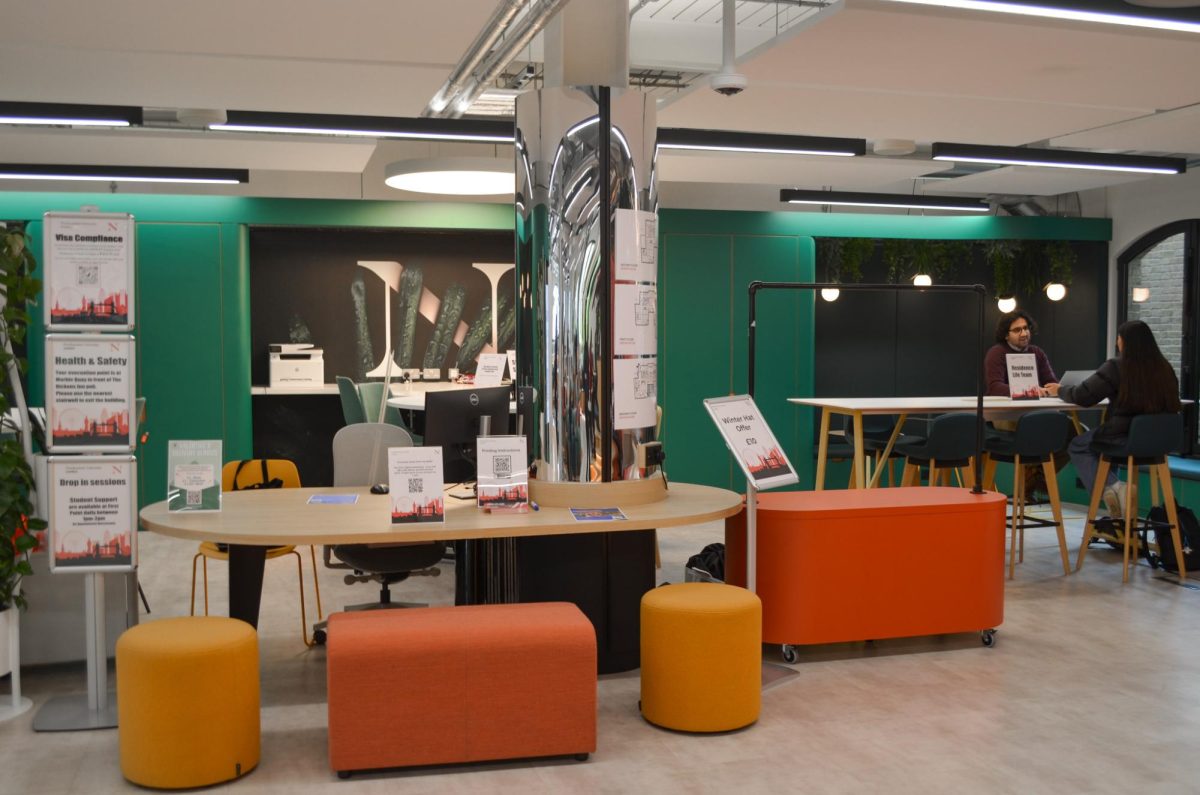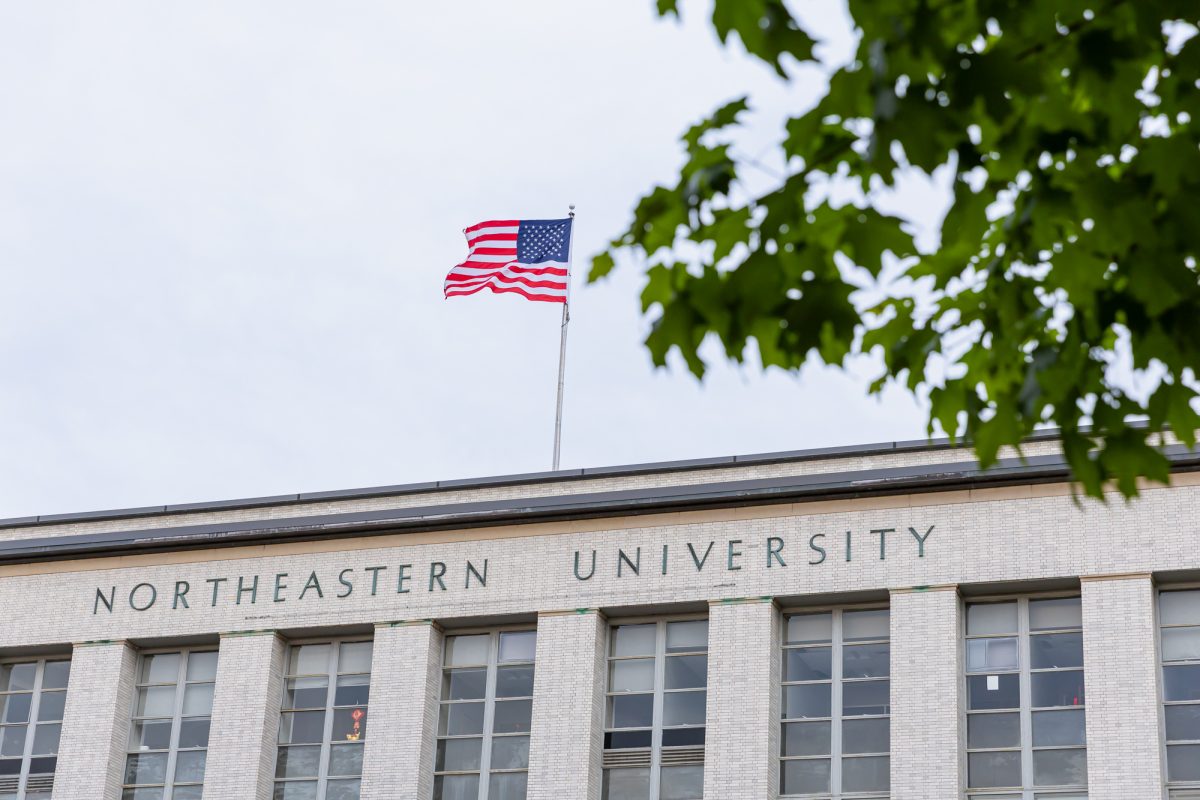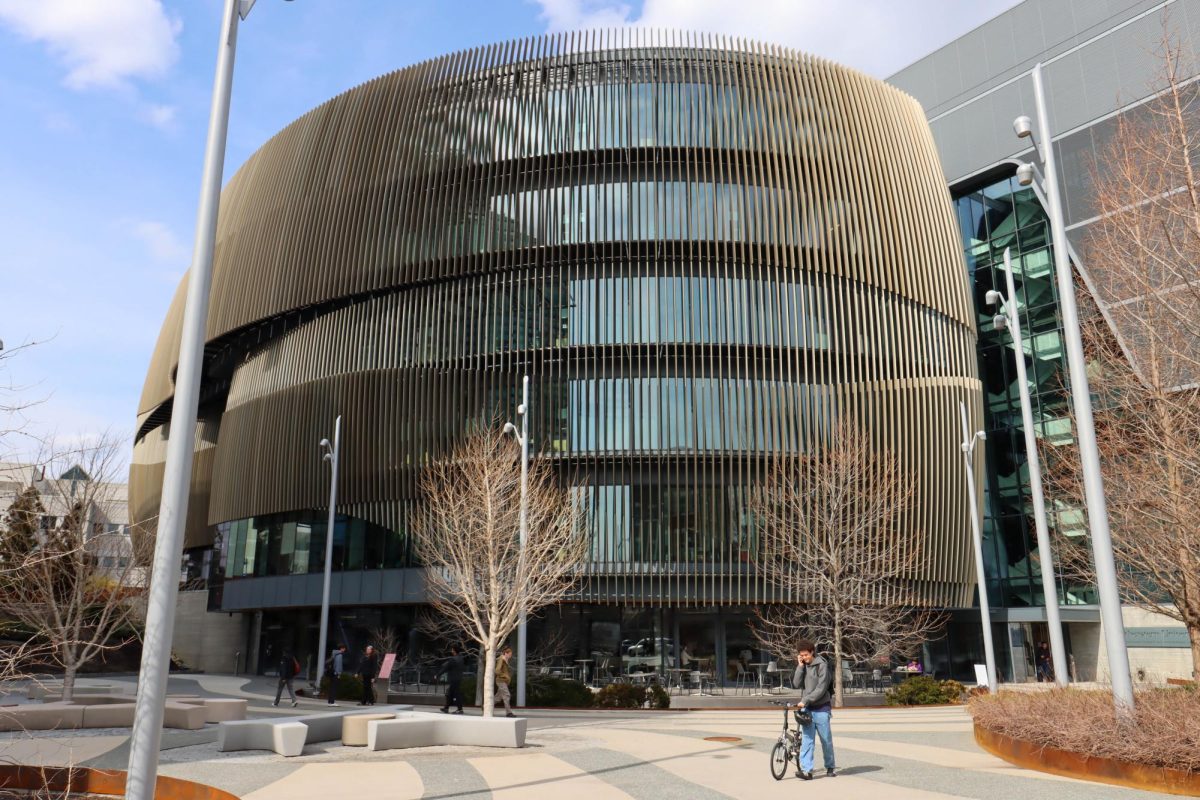By Zack Sampson, News Staff
If a Northeastern student currently wanted to run an intensive climate change simulation, they might spend months or years behind their desktop. But starting in 2013, a supercomputer in Holyoke will allow researchers to complete the same process in just hours.
Northeastern has teamed with Boston University, Harvard University, the Massachusetts Institute of Technology and the University of Massachusetts to construct the Massachusetts Green High Performance Computing Center (MGHPCC) to enhance research efforts on-campus.
“It’s going to be available for faculty and students, and you don’t have to go out there — it’s a remote facility,” Mel Bernstein, Northeastern’s senior vice provost for research and graduate education, said. “It’s almost the equivalent of having a supercomputer at your desktop.”
Bernstein said students and faculty will access the supercomputer from campus by logging into research computers with compatible software.
He called the facility a “major addition to Northeastern’s research tool kit.”
Bernstein said the climate change research is indicative of the increased computing capacity the university will have because of the collaboration.
John Goodhue, executive director of MGHPCC, said the site will serve students and faculty in almost every concentration. For example, supercomputers have allowed Boeing to use effective virtual prototypes and stop building expensive physical models, Goodhue said.
Biology researchers will be able to study protein and cell models and social scientists can analyze large data sets with the new computer.
Goodhue said he is unaware of any similar collaborative college facilities, but Purdue, Stanford and Princeton universities either have or are building their own independent supercomputers.
“As computing has become less expensive and more ubiquitous, I think you’re going to see more facilities like this one going forward,” Goodhue said.
Holyoke has the cheapest electricity in the state due to its location on the Connecticut River, so it was a natural choice for the MGHPCC site, Goodhue said. Furthermore, the city’s hydroelectric facility provides clean energy that appealed to the universities.
The collaboration specifically provided for an “optimized” project because the schools could pool their resources, Goodhue said.
For Goodhue, the project is all part of the expansion of computing into “something as easy to get your hands on as water or electricity.”








